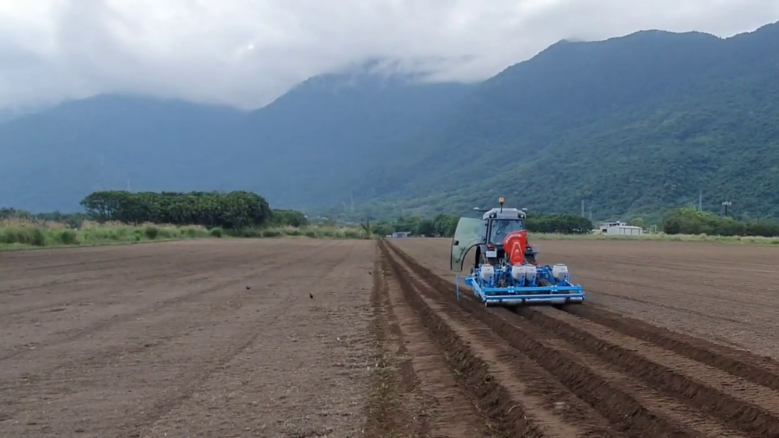Climate change has been a trending topic and international committees (IPCC) and events (COP27) were organized to address the issue. Among the contributing factors to the global phenomenon, agriculture, with 12 Gigatons of CO2 equivalent per year, is responsible for 23% of global greenhouse gas emissions (GHG) according to IPCC's 2020 report. Reversing climate change by adapting modern agriculture to our needs is one of the solutions and regenerative agriculture is key.

(Image: Pixabay)
What is regenerative agriculture?
Regenerative agriculture is a sum of practices that farmers carry out to revitalize topsoil, improve soil health, prevent soil erosion, increase yield, and capture atmospheric carbon and restore it in the soil to reverse climate change. Soil, according to IUCN (International Union for Conservation of Nature), is the biggest carbon sink alongside the ocean and forests. It stores more carbon than biomass and the atmosphere combined.
What are the common practices of regenerative agriculture?
Reduced or no-till farming
No-till is a farming method that farmers practice to grow crops or pastures without tilling the soil. With it, few soil disruptions take place, so there are possibly more microbes in the soil that allows for a better soil structure that optimizes plant growth.
Since the soil is not overturned, the crop residue is able to be kept at the top level, helping to provide a microenvironment for better biodiversity and adding biomass to the soil. No-till also contributes to higher water penetration rate and water retention as the plants on top lock in moisture and prevent soil and nutrient runoff.
With no-till, farmers will have to plant cash crops on top of harvest residues, and this may prove difficult as seeds are hard to discern with the residue in place. Thus, precision agriculture solutions such as tractor autosteer are introduced to enable farmers to plant with certainty and confidence as the system is able to deliver centimeter-level accuracy, which means seeds are planted in parallel lines or in concentric circles independent of human experience or intuition year after year.

(Frutteto 110 Autosteered by FJD for Peanut Planting in Taiwan)
Cover Cropping
Cover crops are planted between rotations of commodity crops with no intention of being harvested but to enrich the soil and benefit the commodity crops.
For soil erosion prevention
The canopy of cover crops distributes wind and rain impacts, so the topsoil and the nutrients are protected from being blown or washed away by the elements.
For soil enrichment
Legume cover crops absorb nitrogen from the atmosphere and convert it into soil nitrogen that other plants can benefit from, so growers can reduce their inputs of nitrogen fertilizers. The vast root system of cover crops holds soil in place and contributes to the forming of a microsystem where the added organic matter encourages microbial life.
For moisture conservation
The residue of cover crops traps moisture, increases water infiltration, and reduces evaporation, benefiting the plants, especially during drought spells.
Crop rotations
Ever since the industrialization of agriculture, monoculture was introduced in order to maximize productivity and economic efficiency. Growers who plant the same crop year after year on the same strips of farmland may encounter yield decreases as the monoculture absorbs nutrients from the soil that they favor, resulting in the imbalance of soil nutrients. Pathogens and pests are more likely to impact productivity as they have a favorite food source and environment to rely on.
To restore nutrient balance and ensure soil health, growers plant different crops on the same parcel of land. Corn absorbs nitrogen from the soil but legumes return it. Thus, they contribute to the overall soil health. A complex rotation may include more than two crop types, mimicking nature that sees a diversity of crops that coexist and benefit each other by taking nutrients they need from the soil and returning elements that benefit other plants. The give-and-take showcased in the corn and legume rotation also reduces the grower's nitrogen fertilizer inputs, contributing to the farm's economic efficiency, especially when chemicals and fertilizers are overpriced and hard to acquire in face of a disrupted supply chain.
Why regenerative agriculture matters?
Regenerative agriculture helps mitigate the impacts of climate change and, when necessary steps are taken, convert agriculture from one of the largest sources of greenhouse gas contributors to the solution to climate change. Regenerative agriculture is a host of concepts and practices that growers come up with to sustainably grow cash crops, so generations of today and those to come can rely on the limited arable land for food and income.